Home>Gardening & Outdoor>Plant Care & Gardening Tips>How To Take Care Of Mums In The Winter
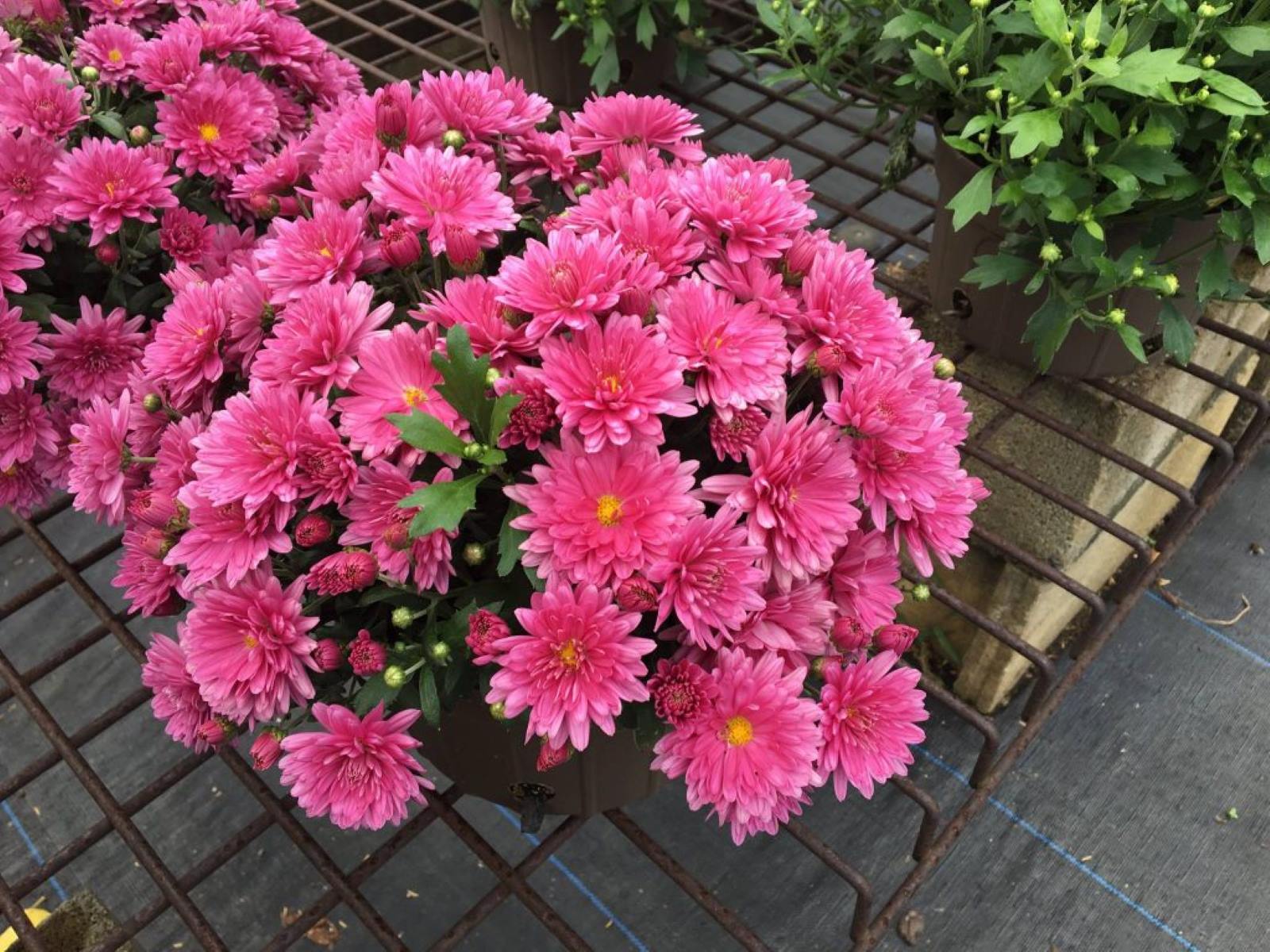

Plant Care & Gardening Tips
How To Take Care Of Mums In The Winter
Modified: February 18, 2024
Learn essential plant care and gardening tips for mums in the winter to ensure their health and vitality. Discover expert advice for nurturing your mums through the colder months.
(Many of the links in this article redirect to a specific reviewed product. Your purchase of these products through affiliate links helps to generate commission for Storables.com, at no extra cost. Learn more)
Choosing the Right Location for Mums
Selecting the ideal location for your chrysanthemums, commonly known as mums, is crucial for their overall health and vitality during the winter months. These vibrant and resilient flowers thrive when provided with the right environmental conditions. Here's how to ensure your mums are positioned for success:
-
Sunlight Requirements: Mums flourish in areas that receive ample sunlight, ideally at least six hours of direct sunlight per day. When choosing a location, prioritize spots with abundant natural light to promote robust growth and vibrant blooms.
-
Well-Drained Soil: Opt for well-drained soil to prevent waterlogging, which can lead to root rot and other moisture-related issues. Mums prefer soil that allows excess water to drain away, ensuring their roots remain healthy and free from water-induced stress.
-
Protection from Harsh Winds: While mums appreciate a gentle breeze, they are susceptible to damage from strong winds, especially during the winter. Position them in a location shielded from harsh gusts to safeguard their delicate petals and stems from potential harm.
-
Avoiding Frost Pockets: Frost pockets, low-lying areas where cold air settles, can be detrimental to mums. These pockets are prone to frost formation, which can harm the tender foliage of the plants. Choose a location that is elevated and less susceptible to frost accumulation.
-
Consider Microclimates: Take into account the microclimates within your garden or landscape. Certain areas may experience variations in temperature and sunlight exposure due to nearby structures, trees, or other environmental factors. Understanding these microclimates can help you identify the most favorable spots for your mums.
By carefully selecting a location that meets these criteria, you can provide your mums with an optimal environment for winter survival and ensure they thrive when the weather turns cold.
Key Takeaways:
- Choose a sunny, well-drained spot shielded from harsh winds for your mums. Avoid frost pockets and consider microclimates to ensure optimal winter survival and vibrant blooms.
- Moderate watering, deep watering, mulching, and proper drainage are essential for mums’ winter health. Protect them from frost and freezing temperatures with mulching, covers, and windbreaks.
Read more: How To Winterize Garden Mums
Providing Adequate Water and Drainage
Ensuring proper water and drainage management is essential for the health and resilience of mums during the winter months. Adequate hydration and effective drainage mechanisms contribute significantly to the plants' ability to withstand the challenges posed by cold weather. Here's how to manage water and drainage for your mums:
-
Moderate Watering: While it's crucial to keep mums hydrated, it's equally important to avoid overwatering. During the winter, mums enter a dormant phase, and excessive moisture can lead to root rot and other water-related issues. Aim to water the plants when the top inch of soil feels dry to the touch, typically every 7-10 days, depending on the weather conditions.
-
Deep Watering: When watering mums, ensure that the moisture penetrates deeply into the soil. Shallow watering can encourage shallow root growth, making the plants more susceptible to cold damage. Deep watering promotes robust root development, enhancing the plants' ability to access nutrients and withstand winter conditions.
-
Mulching: Applying a layer of organic mulch around the base of the mums helps regulate soil moisture and temperature. Mulch acts as a protective barrier, reducing moisture evaporation and preventing rapid fluctuations in soil temperature. This is particularly beneficial during the winter, as it helps maintain a stable and favorable environment for the plants' root systems.
-
Proper Drainage: In addition to watering practices, ensuring effective drainage is crucial for preventing waterlogged soil, which can be detrimental to mums. If the soil becomes waterlogged, it can lead to root suffocation and disease. To enhance drainage, consider planting mums in raised beds or incorporating organic matter into the soil to improve its structure and permeability.
-
Container Considerations: For mums grown in containers, proper drainage is especially critical. Ensure that the containers have drainage holes to allow excess water to escape. Additionally, placing a layer of gravel or small stones at the bottom of the container before adding soil can further facilitate drainage and prevent water accumulation.
By implementing these strategies, you can provide your mums with the appropriate balance of moisture and ensure that excess water is effectively drained away. This proactive approach to water and drainage management sets the stage for healthy and resilient mums throughout the winter season.
Protecting Mums from Frost and Freezing Temperatures
As winter sets in, protecting mums from frost and freezing temperatures becomes paramount to safeguard their delicate foliage and ensure their survival through the cold season. Implementing proactive measures to shield mums from the adverse effects of frost and freezing conditions can significantly contribute to their overall health and vitality. Here's how to effectively protect your mums from these winter challenges:
Mulching for Insulation
Applying a layer of mulch around the base of mums serves as a natural insulator, helping to regulate soil temperature and protect the plants' root systems from extreme cold. Organic mulch, such as straw, pine needles, or shredded leaves, can effectively insulate the soil, reducing the risk of temperature fluctuations that may harm the roots. Additionally, mulch acts as a protective barrier against frost, minimizing the impact of freezing temperatures on the plants.
Covering with Frost Cloth or Blankets
When frost is forecasted, covering mums with frost cloth or blankets provides an extra layer of protection against freezing temperatures. This simple yet effective method helps trap the heat radiating from the soil, creating a microclimate around the plants that mitigates the impact of frost. It's important to secure the coverings firmly around the mums, ensuring that they reach the ground to retain heat and prevent cold air from seeping in.
Read more: How To Keep Mums Over Winter
Utilizing Garden Cloches or Row Covers
Garden cloches or row covers offer a protective shield for individual mums or entire rows of plants. These transparent or semi-transparent covers create a mini greenhouse effect, capturing warmth from the sun during the day and retaining it at night. When using garden cloches or row covers, it's essential to monitor the temperature beneath the covers, especially during sunny days, to prevent excessive heat buildup that can potentially damage the plants.
Providing Windbreaks
Strong winds can exacerbate the impact of freezing temperatures on mums, leading to desiccation and cold damage. Erecting windbreaks, such as burlap screens or wooden barriers, can help shield the plants from harsh winds, reducing the risk of cold-related injuries. Position the windbreaks strategically to create a protective barrier without obstructing essential sunlight.
Selecting Cold-Hardy Varieties
Choosing cold-hardy mum varieties can significantly enhance their ability to withstand freezing temperatures. Certain cultivars are bred to thrive in colder climates, exhibiting greater resilience to frost and cold stress. When selecting mums for your garden, consider opting for varieties known for their winter hardiness, ensuring that they are better equipped to endure the challenges posed by low temperatures.
By implementing these protective measures, you can fortify your mums against the detrimental effects of frost and freezing temperatures, enabling them to endure the winter season with resilience and vigor. These proactive strategies not only safeguard the plants but also contribute to their long-term health and vitality, setting the stage for a vibrant display of blooms when spring arrives.
Pruning and Deadheading Mums for Winter Maintenance
As winter approaches, engaging in proper pruning and deadheading practices is essential for maintaining the health and appearance of mums, also known as chrysanthemums. These winter maintenance tasks not only contribute to the plants' overall well-being but also set the stage for robust growth and prolific blooming when the spring season arrives.
Read more: How To Take Care Of Pelee Mums
Pruning Techniques
Pruning mums during the late summer or early fall is a fundamental aspect of winter maintenance. By selectively removing certain parts of the plant, you can promote a more compact growth habit and encourage the development of sturdy stems. When pruning mums, follow these techniques for optimal results:
-
Pinching Back: Utilize the pinching back method to encourage branching and prevent leggy growth. This involves gently pinching off the top inch of new growth on each stem, typically until mid-July. This practice prompts the plants to produce lateral shoots, resulting in a fuller and more robust overall structure.
-
Cutting Back: In late summer or early fall, consider cutting back the mum plants to a height of around 6 inches. Use clean and sharp garden shears to trim the stems, removing any spent blooms and leggy growth. This process helps the plants allocate energy more efficiently and prepares them for the dormancy period during winter.
Deadheading for Continued Blooming
Deadheading, the removal of spent flowers, is a beneficial practice that supports ongoing blooming and prevents the plants from expending energy on seed production. Throughout the blooming season, regularly deadhead faded flowers by snipping them off just above a set of healthy leaves or buds. This encourages the plants to redirect their energy into producing new blooms, extending the flowering period and enhancing the overall visual appeal of the mums.
Winter Pruning Considerations
During the winter months, it's important to refrain from extensive pruning, as the plants are in a dormant state. However, light maintenance pruning can be performed as needed. Remove any dead or diseased stems, as well as any debris that may have accumulated around the base of the plants. This helps prevent the onset of fungal diseases and promotes a tidy and healthy appearance for the mums during the winter season.
By incorporating these pruning and deadheading practices into your winter maintenance routine, you can effectively nurture the mums and lay the groundwork for a vibrant and flourishing display in the upcoming spring. These proactive measures not only contribute to the plants' immediate well-being but also support their long-term health and vitality, ensuring that they continue to thrive year after year.
Fertilizing Mums for Winter Health
Fertilizing mums during the winter months is a strategic and beneficial practice that contributes to the plants' overall health and resilience. While mums typically experience dormancy in winter, providing them with the appropriate nutrients can fortify their root systems and prepare them for robust growth when the spring season arrives.
Read more: How To Take Care Of Mums In Texas
Understanding Winter Nutrient Needs
During winter, mums undergo physiological changes as they enter a period of dormancy. While their above-ground growth may slow down or cease, their root systems remain active, albeit at a reduced pace. This makes it essential to supply the plants with the right balance of nutrients to support their root development and overall winter health.
Selecting the Right Fertilizer
Opt for a balanced, slow-release fertilizer with a formulation such as 10-10-10 or 5-10-5, which represents the ratio of nitrogen, phosphorus, and potassium. These essential nutrients play vital roles in supporting the plants' overall health, root development, and stress tolerance. Slow-release fertilizers provide a steady and gradual supply of nutrients, ensuring that the mums receive sustained nourishment throughout the winter months.
Application Techniques
Apply the selected fertilizer around the base of the mums, ensuring that it is distributed evenly within the root zone. It's important to follow the manufacturer's instructions regarding the application rate and frequency to prevent over-fertilization, which can be detrimental to the plants. Additionally, watering the mums after fertilization helps to activate the nutrients and facilitate their absorption by the roots.
Benefits of Winter Fertilization
Winter fertilization offers several key benefits for mums. By providing the plants with essential nutrients, particularly nitrogen and potassium, you can enhance their ability to withstand environmental stressors, including cold temperatures and fluctuations in soil moisture. Furthermore, the nutrients support the development of healthy and robust root systems, setting the stage for vigorous growth and abundant blooms when the growing season resumes.
Read more: How To Take Care Of Mums In Florida
Environmental Considerations
When fertilizing mums for winter health, it's important to consider environmental factors such as temperature and moisture levels. Avoid fertilizing the plants when the soil is frozen or waterlogged, as the nutrients may not be effectively absorbed. Additionally, adjusting the fertilizer application based on the specific needs of the mums and the local climate can optimize the plants' winter resilience.
Monitoring and Adjusting
Regularly monitor the mums for signs of nutrient deficiencies or excesses, such as yellowing leaves or stunted growth. Adjust the fertilization regimen as needed, taking into account the plants' response to the nutrients and any changes in environmental conditions. This proactive approach ensures that the mums receive the appropriate nourishment tailored to their winter requirements.
By incorporating strategic fertilization into your winter care routine, you can bolster the mums' resilience and lay the groundwork for their continued health and vitality. This proactive approach not only supports the plants during the dormant winter period but also sets the stage for a vibrant and flourishing display of blooms when the spring season arrives.
Frequently Asked Questions about How To Take Care Of Mums In The Winter
Was this page helpful?
At Storables.com, we guarantee accurate and reliable information. Our content, validated by Expert Board Contributors, is crafted following stringent Editorial Policies. We're committed to providing you with well-researched, expert-backed insights for all your informational needs.
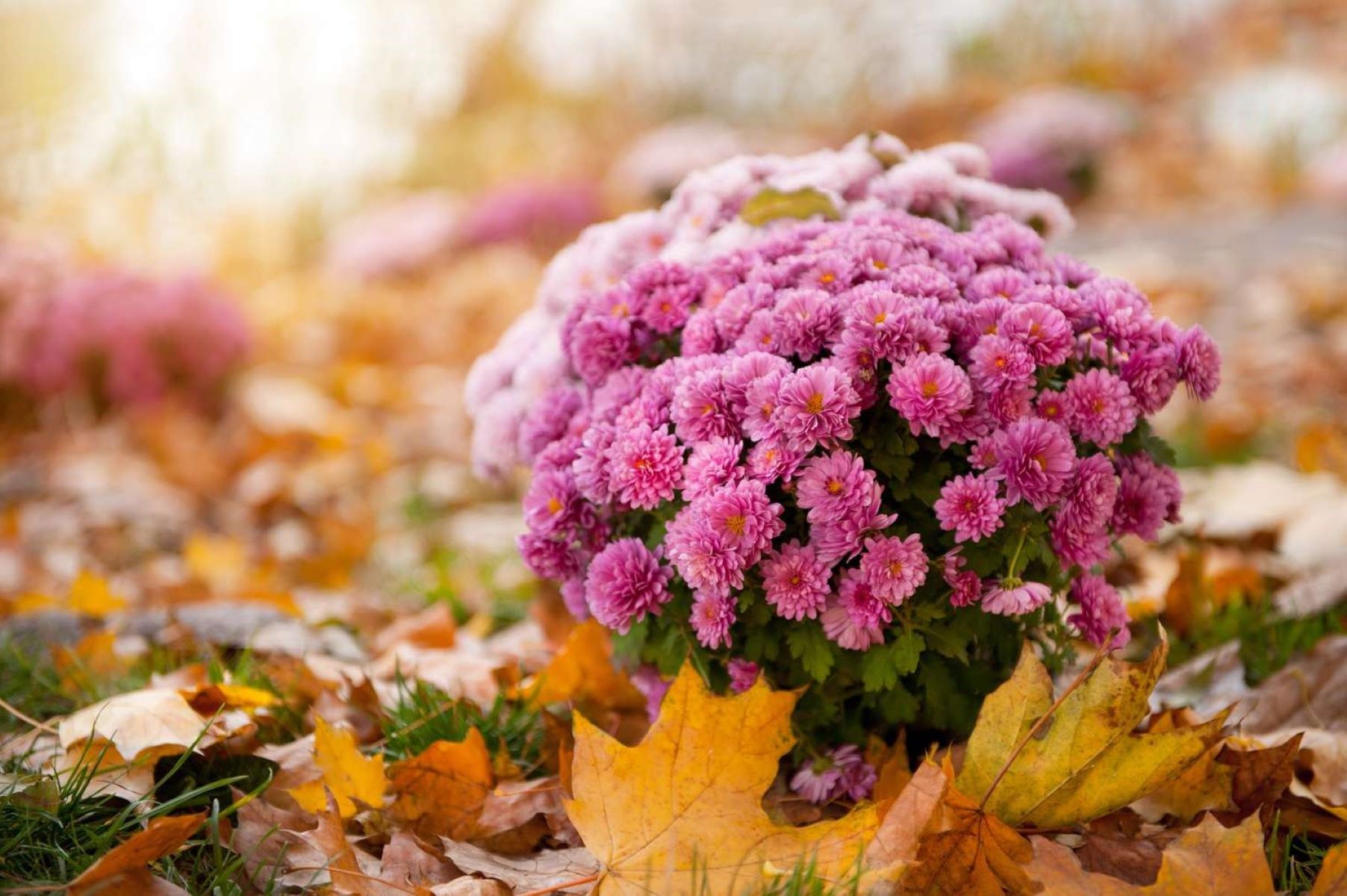
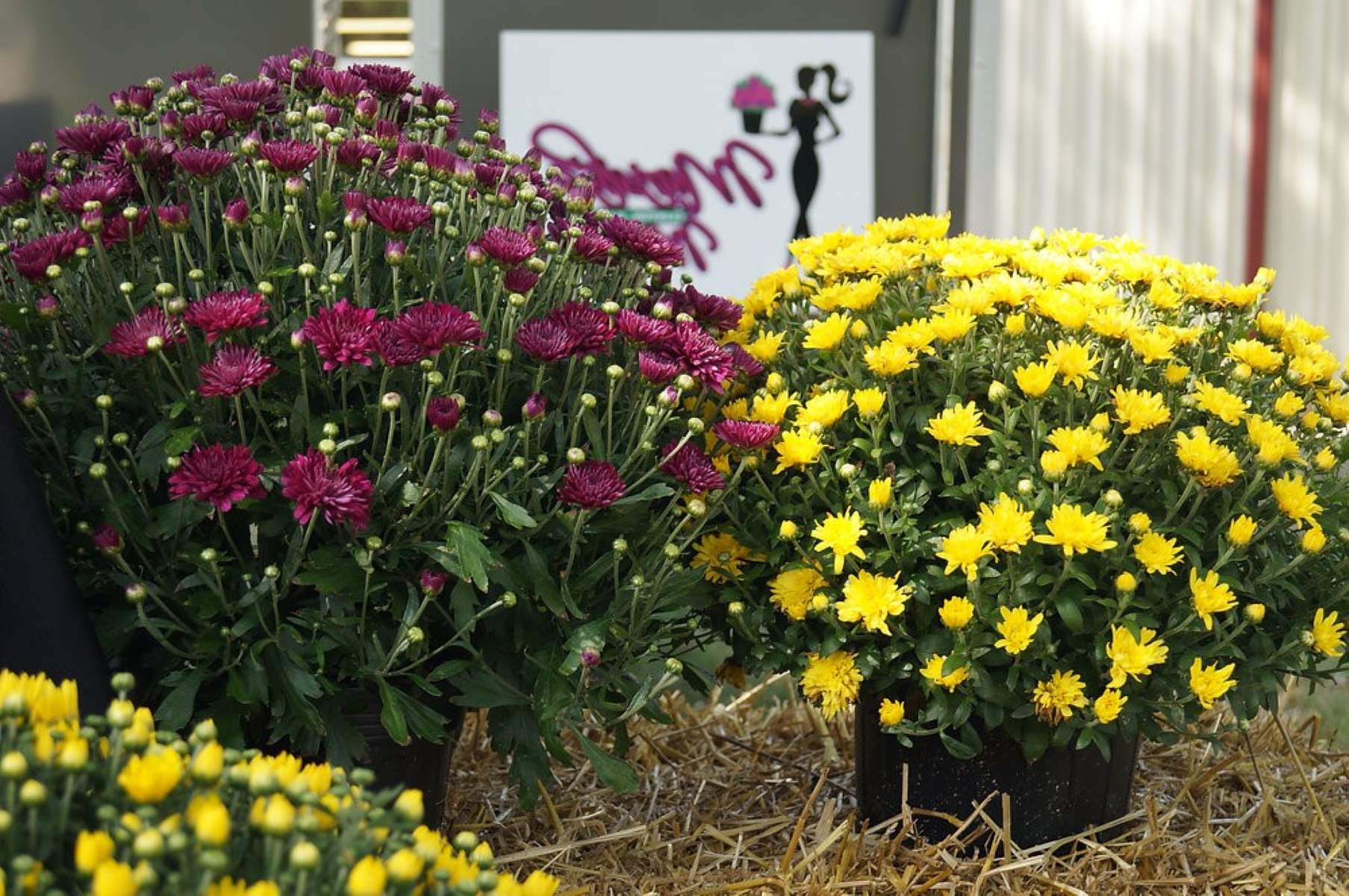

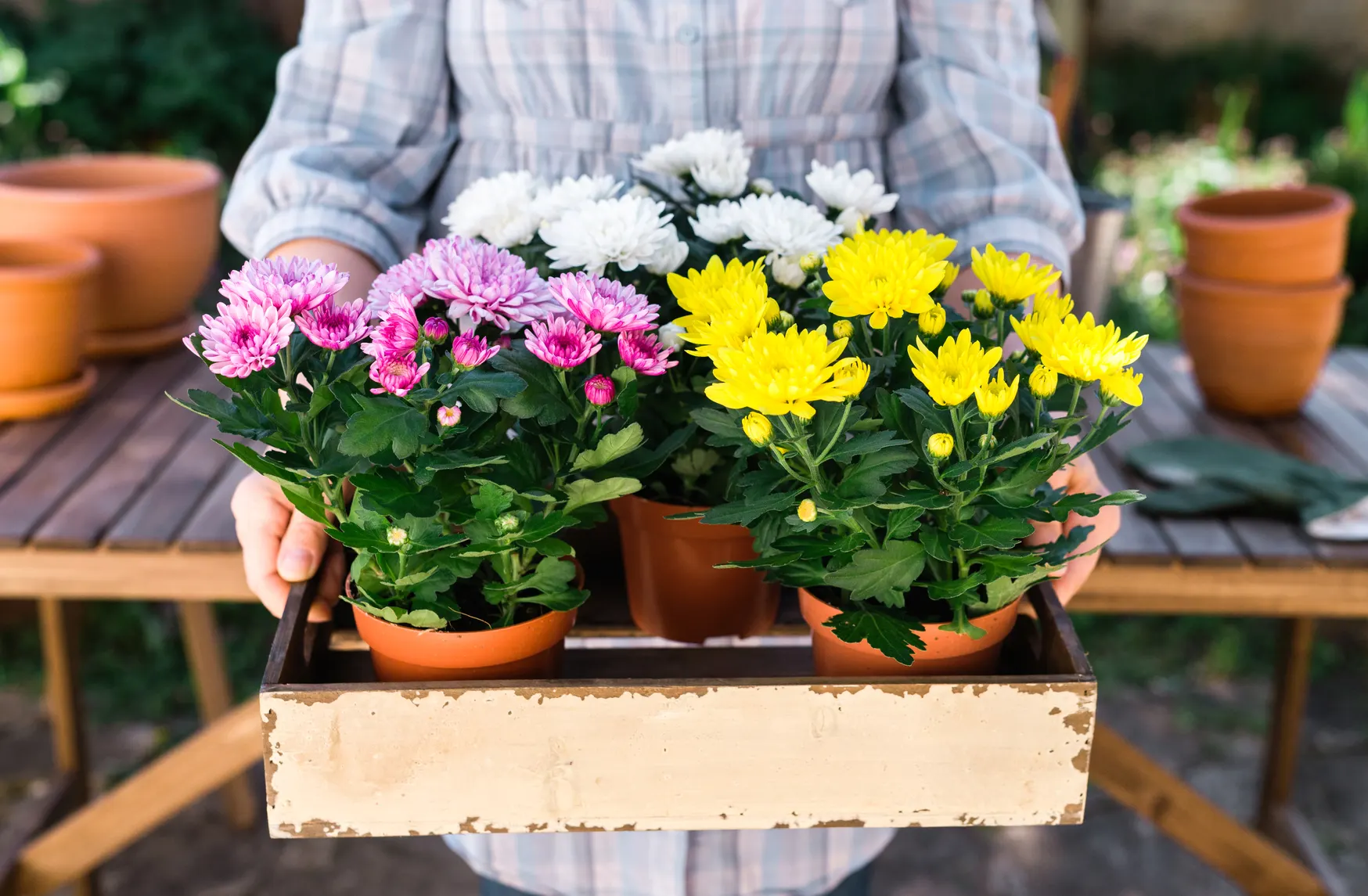
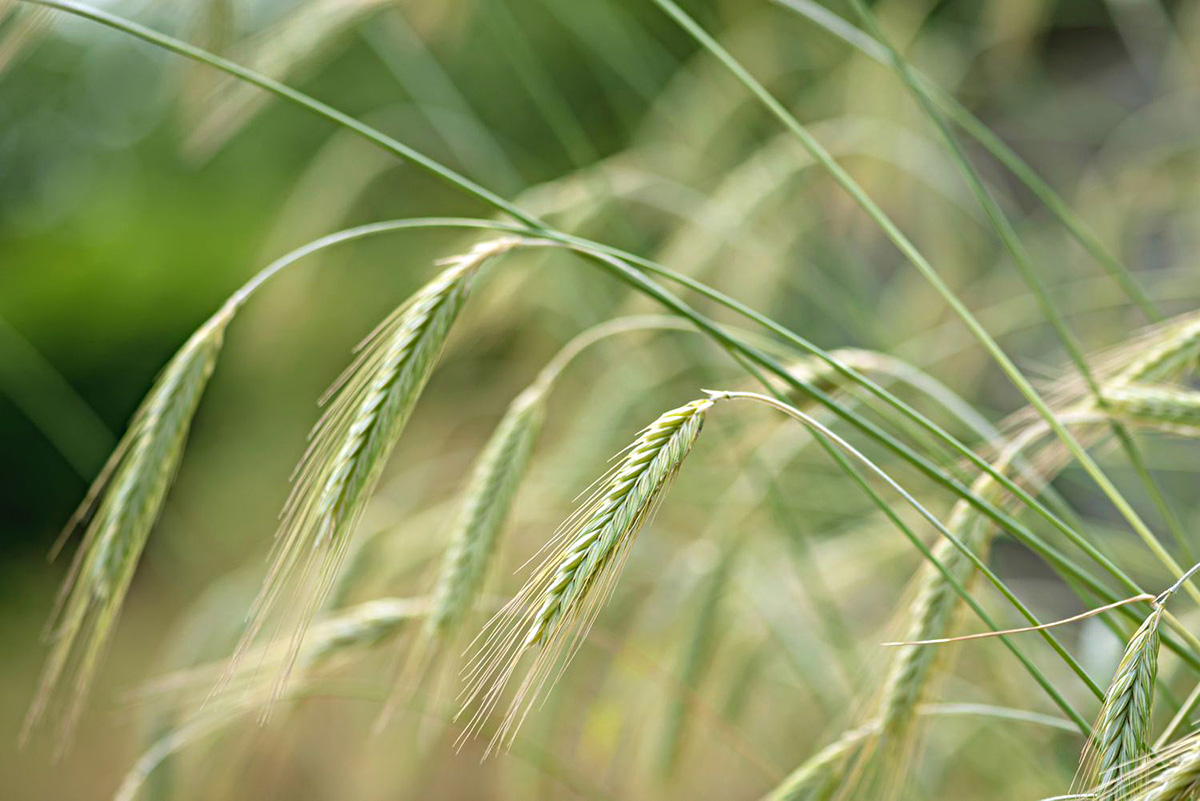
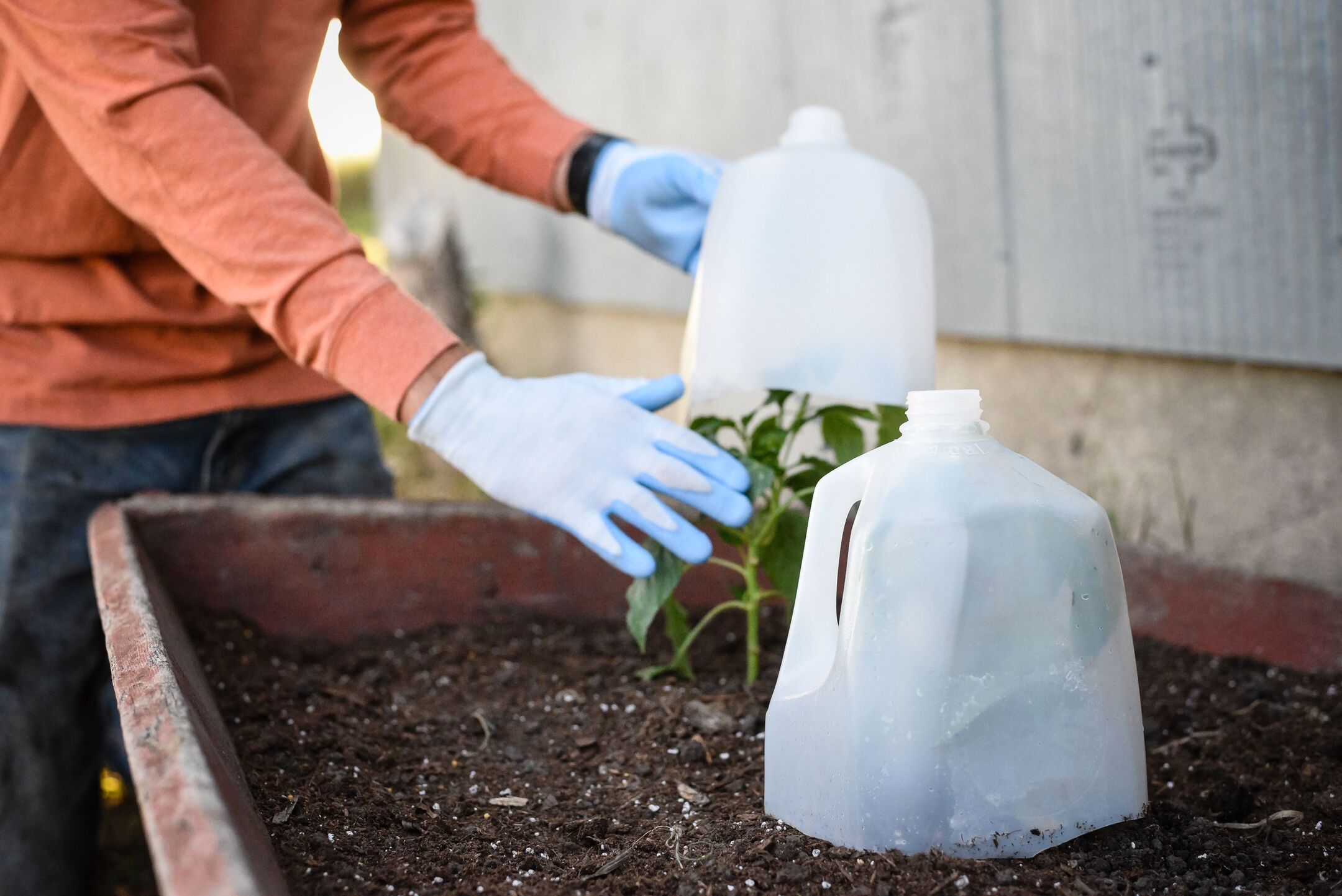
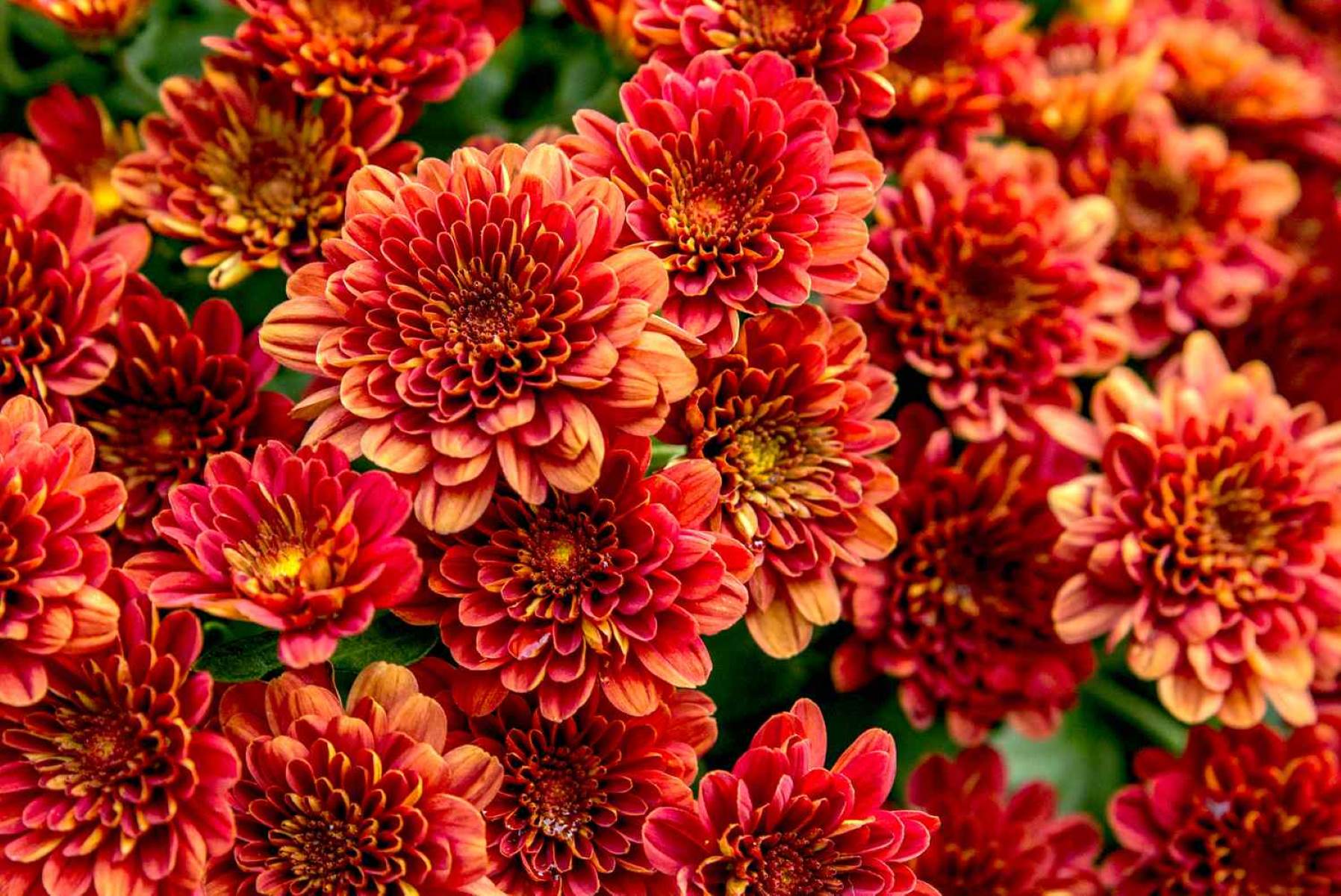



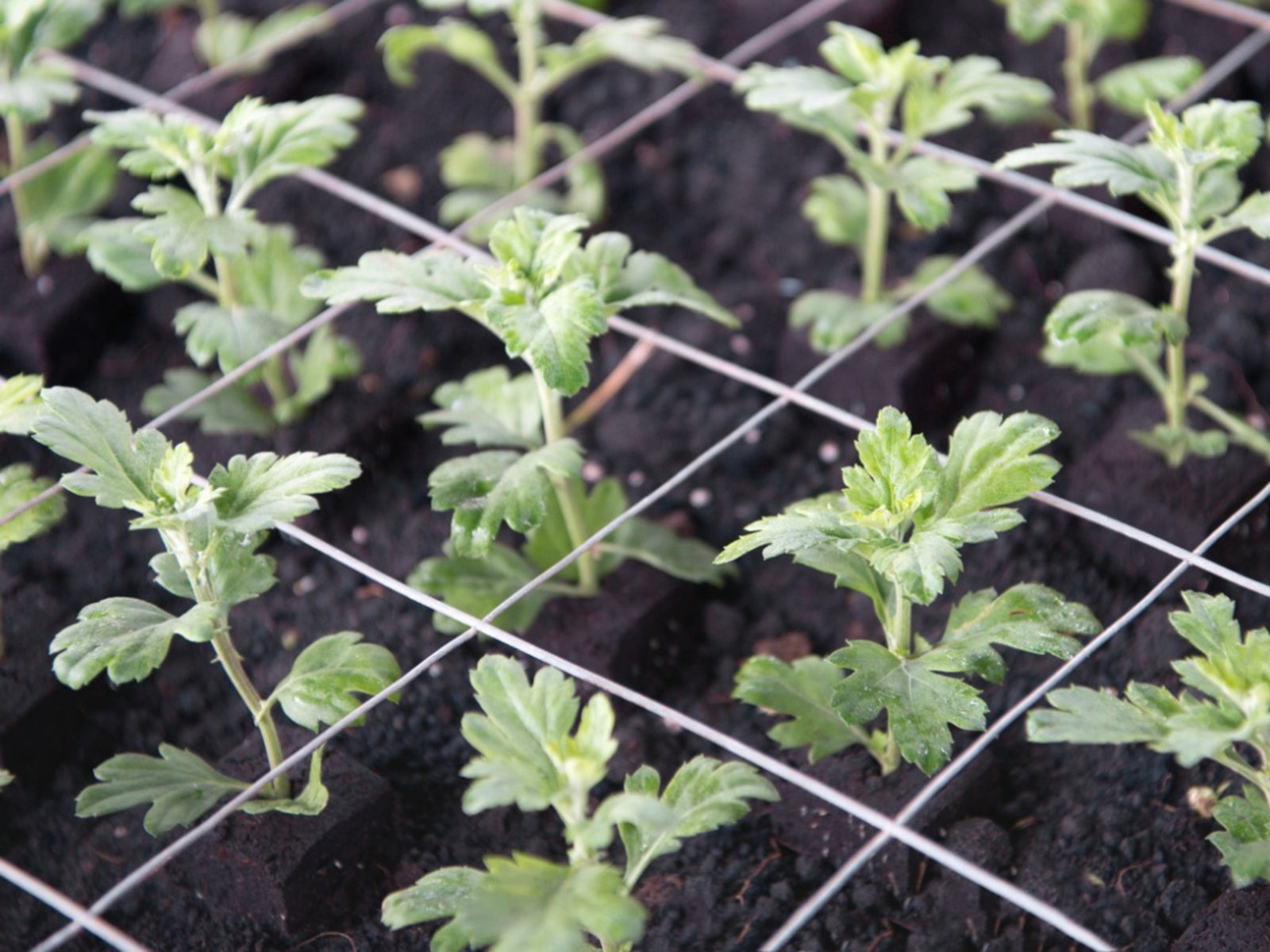

0 thoughts on “How To Take Care Of Mums In The Winter”